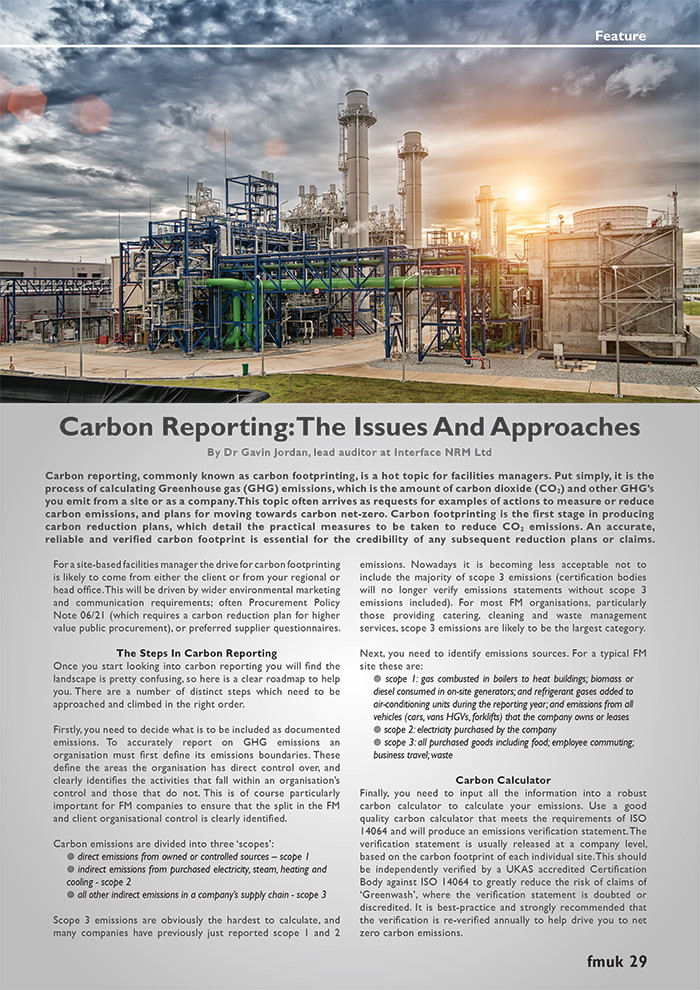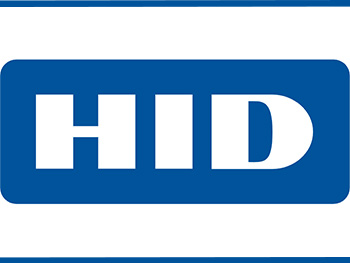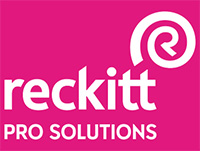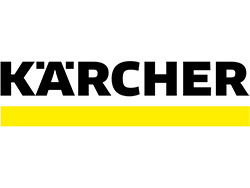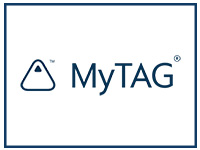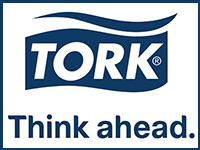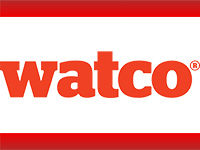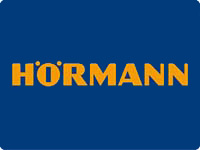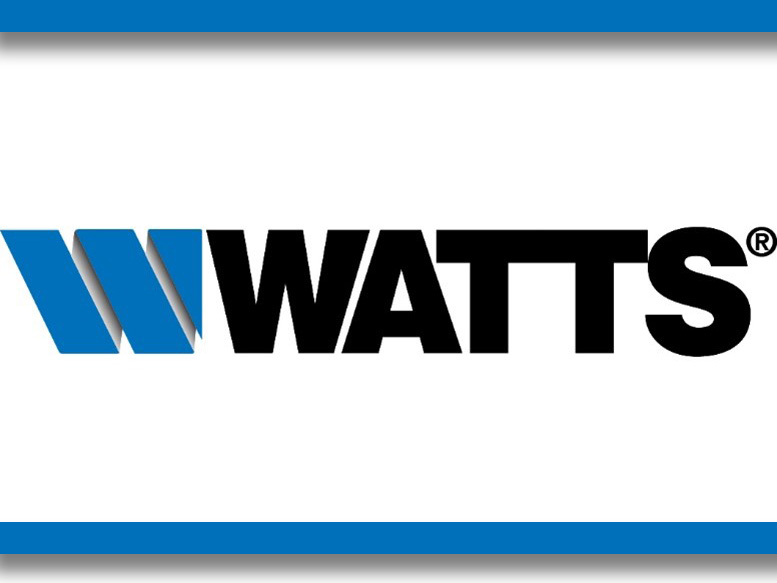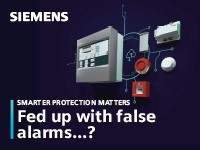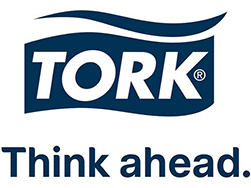Carbon Reporting: The Issues And Approaches

Carbon reporting, commonly known as carbon footprinting, is a hot topic for facilities managers. Put simply, it is the process of calculating Greenhouse gas (GHG) emissions, which is the amount of carbon dioxide (CO2) and other GHG’s you emit from a site or as a company. This topic often arrives as requests for examples of actions to measure or reduce carbon emissions, and plans for moving towards carbon net-zero.
Carbon footprinting is the first stage in producing carbon reduction plans, which detail the practical measures to be taken to reduce CO2 emissions. An accurate, reliable and verified carbon footprint is essential for the credibility of any subsequent reduction plans or claims.
For a site-based facilities manager the drive for carbon footprinting is likely to come from either the client or from your regional or head office. This will be driven by wider environmental marketing and communication requirements; often Procurement Policy Note 06/21 (which requires a carbon reduction plan for higher value public procurement), or preferred supplier questionnaires.
The Steps In Carbon Reporting
Once you start looking into carbon reporting you will find the landscape is pretty confusing, so here is a clear roadmap to help you. There are a number of distinct steps which need to be approached and climbed in the right order.
Firstly, you need to decide what is to be included as documented emissions. To accurately report on GHG emissions an organisation must first define its emissions boundaries. These define the areas the organisation has direct control over, and clearly identifies the activities that fall within an organisation’s control and those that do not. This is of course particularly important for FM companies to ensure that the split in the FM and client organisational control is clearly identified.
Carbon emissions are divided into three ‘scopes’:
- direct emissions from owned or controlled sources – scope 1
- indirect emissions from purchased electricity, steam, heating and cooling – scope 2
- all other indirect emissions in a company’s supply chain – scope 3
Scope 3 emissions are obviously the hardest to calculate, and many companies have previously just reported scope 1 and 2 emissions. Nowadays it is becoming less acceptable not to include the majority of scope 3 emissions (certification bodies will no longer verify emissions statements without scope 3 emissions included). For most FM organisations, particularly those providing catering, cleaning and waste management services, scope 3 emissions are likely to be the largest category.
Next, you need to identify emissions sources. For a typical FM site these are:
- scope 1: gas combusted in boilers to heat buildings; biomass or diesel consumed in on-site generators; and refrigerant gases added to air-conditioning units during the reporting year; and emissions from all vehicles (cars, vans HGVs, forklifts) that the company owns or leases
- scope 2: electricity purchased by the company
- scope 3: all purchased goods including food; employee commuting; business travel; waste
Finally, you need to input all the information into a robust carbon calculator to calculate your emissions. Use a good quality carbon calculator that meets the requirements of ISO 14064 and will produce an emissions verification statement. The verification statement is usually released at a company level, based on the carbon footprint of each individual site. This should be independently verified by a UKAS accredited Certification Body against ISO 14064 to greatly reduce the risk of claims of ‘Greenwash’, where the verification statement is doubted or discredited. It is best-practice and strongly recommended that the verification is re-verified annually to help drive you to net zero carbon emissions.
